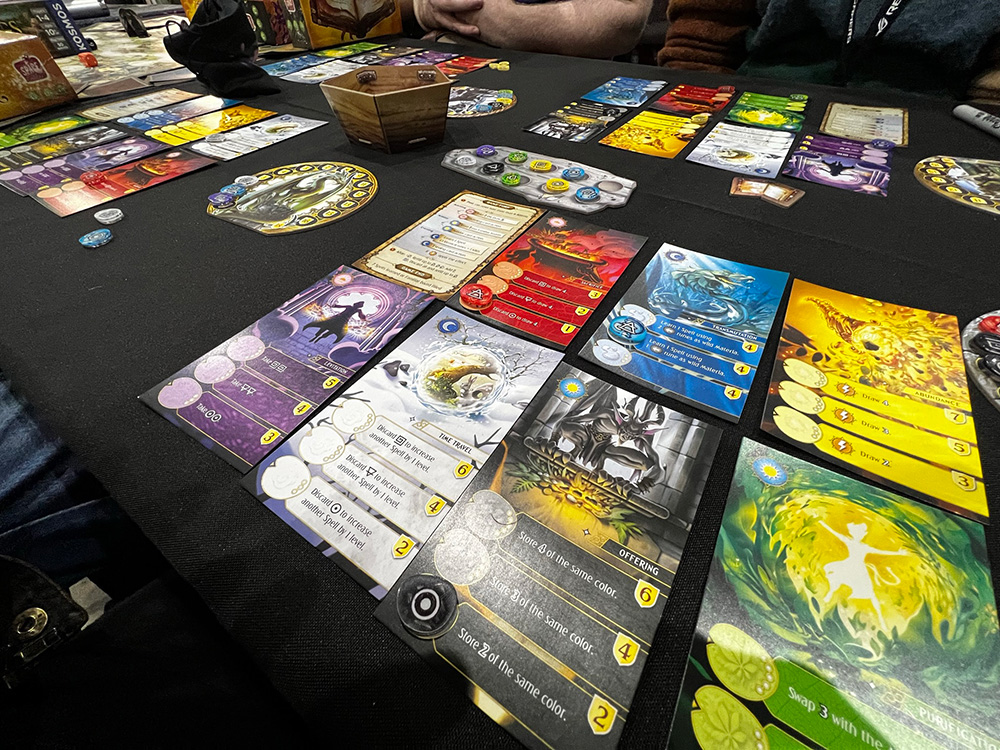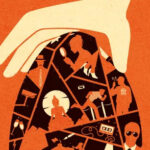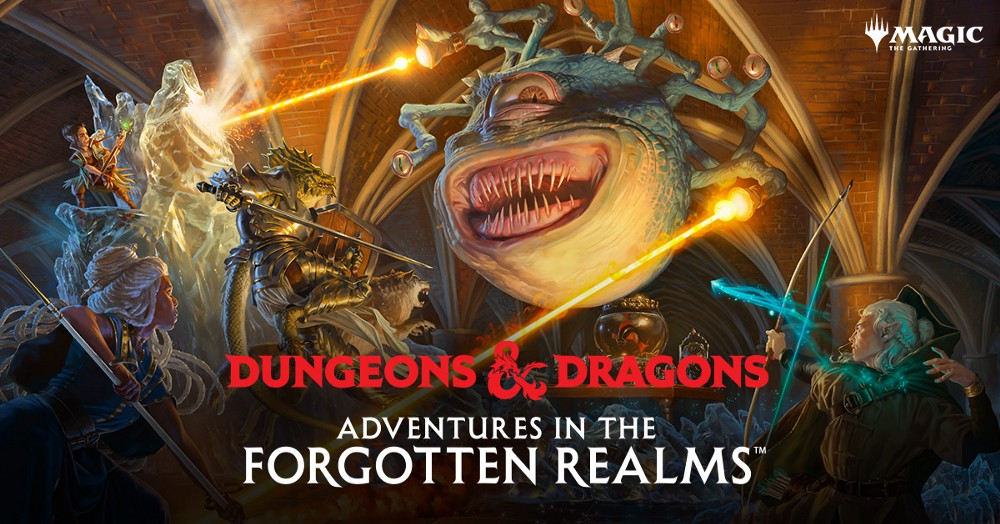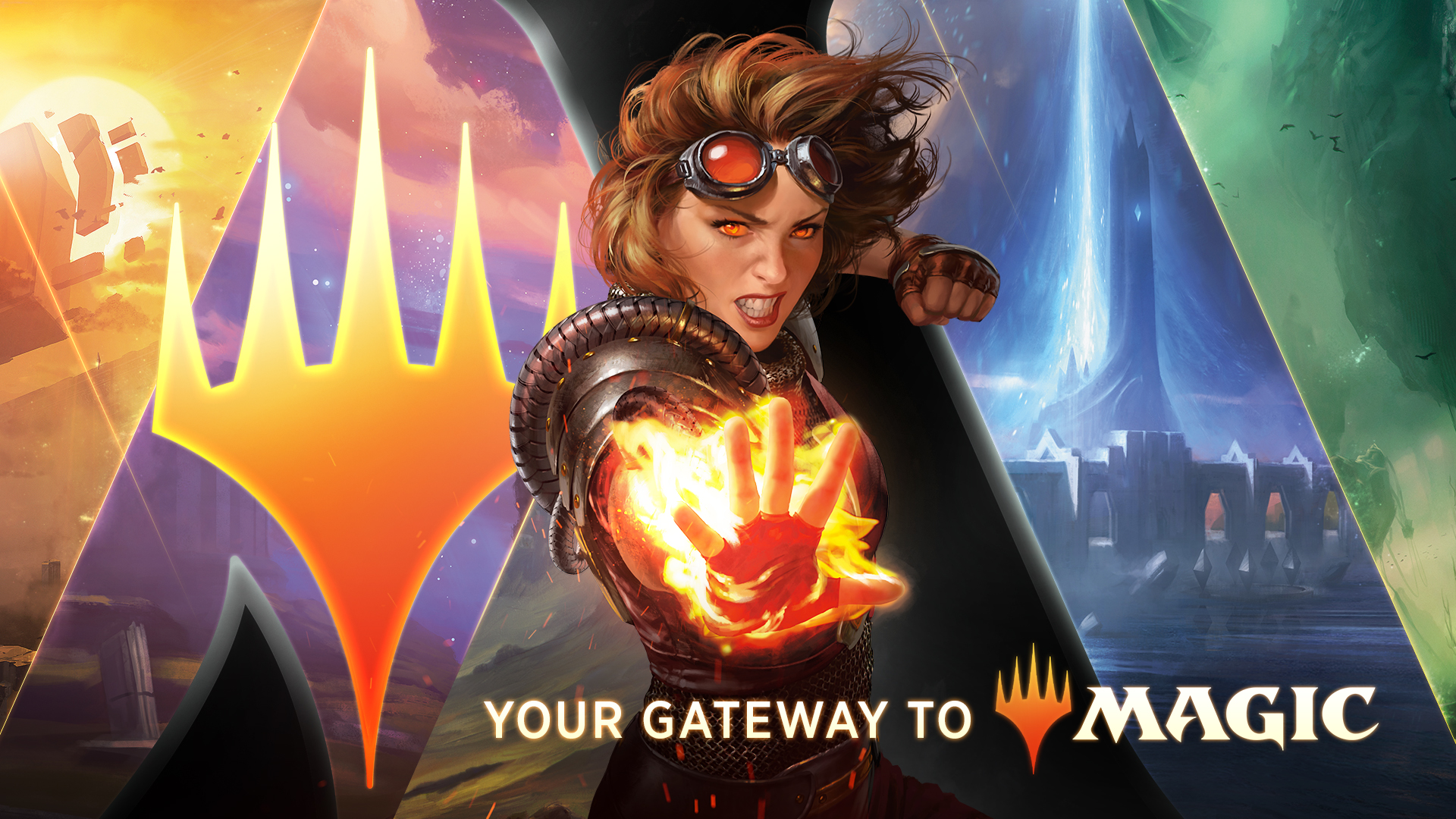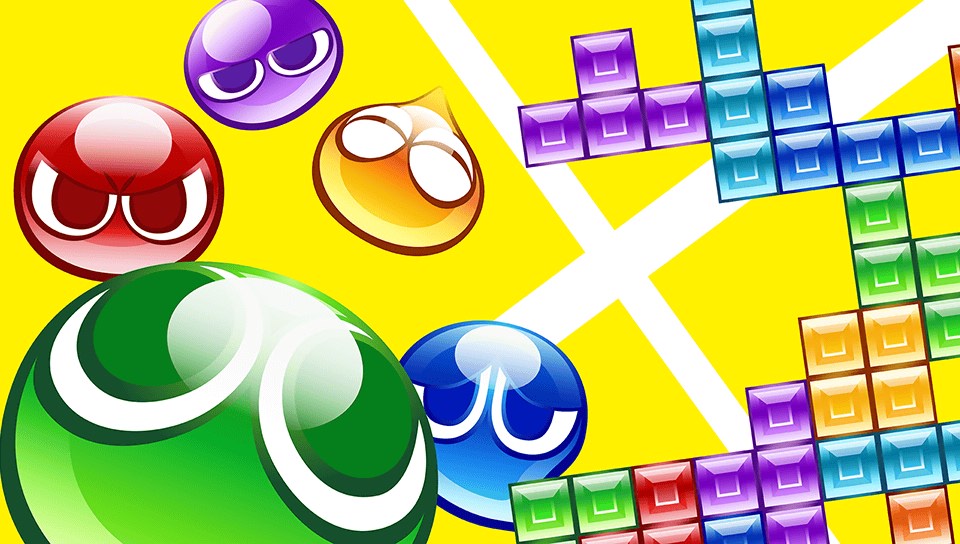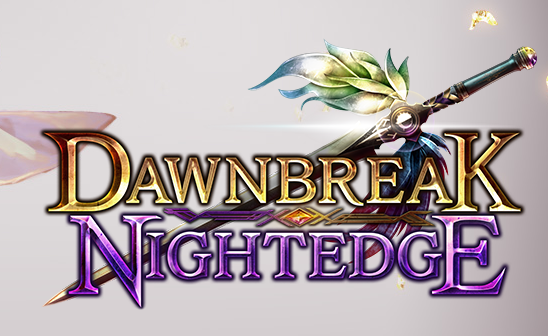
Spellbook is the latest game from Phil Walker-Harding, a designer best known for his game Sushi Go! from 2013, who has since been very prolific both with original concepts and adapting other IP’s to board games, such as Tetris and Bluey. Spellbook is a new original card-based game that pits players against each others as wizards learning spells, each seeking to complete their spellbook or power up their familiar before the others. The game, for 1-4 players, has several levels of difficulty, and also tries to offer an element of tactility sometimes missing from pure card games.
The basic layout of the game sees each player have seven cards in front of them (with an instruction card for good measure to remind them of the rules). Each card is a different colour – one of red, blue, green, yellow, purple, green, black or white – and each contains a spell that has various levels of effect or potency. Each player is also equipped with a ‘familiar’ magical creature, which is surrounded by an array of counters. In the middle of the table is a stone altar, as well as a wooden bin and spellbook token to indicate the first player (all created from solid-feelingg card). Alongside this are an array of disc-shaped Materia runes, which come in all the aforementioned colours as well as various shape designs, and which form the basis of most of the gameplay, which are used to fill the altar for all to see, while the rest remain in a special wizardly pouch.
Every turn, a player goes through three phases of ‘morning’, ‘midday’ and ‘evening’. Each spell has a time of day it can be performed, such as a purple spell in the morning. However, if a player decides not to, or can’t, cast a spell at that time of day, there is a separate action they can take. For instance, in the morning a player can decide whether to take a rune from the altar, essentially take a known colour and shape, or take two random runes from the bag. Of course, most people will take the two random tokens when given the chance, such is the allure of the bag, but as the game goes on and strategies start to form, the altar becomes more and more the safer option. On each card are three ‘levels’ to a spell, each requiring different amounts of runes and each awarding different points. So, for instance, a yellow spell at its lowest level only requires three yellow runes (one of which can be placed on the card to mark the spell as learned). At midday, a player can either use a midday spell or store any of their unused runes on their familiar, which awards points depending on how far it’s powered up. The game ends once a player’s familiar is fully powered up, or once a player has learned a spell from every colour card they have. At that point, everyone’s scores are tallied and a winner is declared.
This may sound a little complex at the outset, and it’s very much a game you have to play a full round of to get your head around the exact mechanics, but once you do, the tactics you can implement become clearer and clearer. If you’re set on winning the game through powering up your familiar as soon as possible, you might want to try to power up your black spell ‘Offering’ card to enable its effect of storing 4 runes of the same colour per turn on the familiar. Other spells may pay an advantage to a player having an abundance of a particular shape of rune, or allow them to level up another spell. It’s very much a game that you immediately want to play again after an initial round, to test a different tactic or approach the next time. Games can take anywhere from half an hour to an hour depending on the number of players you have, and while the four-player experience is definitely the most fun as you try to keep tabs on everyone’s approach to winning, it’s also perfectly playable as a 2-player experience, and is also advertised as a 1-player experience as well (although this method of play is perhaps best used for practicing and to understand each card’s mechanics).
There are multiple packs of cards included in Spellbook, which denote their complexity with a level rating on the face of the cards, meaning that more experienced players can come back for more advanced sessions once they have a grasp of the basic mechanics. The tactile nature of the Materia tokens themselves, along with the bag, bin and altar, go a long way to making Spellbook feel much more exciting than might otherwise be suggested by a traditional card game, and the fact that all the components are easily assembled and easily tidied away back in the box mean it’s easy to break it out when you’re itching for a game. The art is all also very nice and evocative of various fantasy themes, tropes and creatures.
The only barrier that might prevent use in your regular rotation of board games is that initial learning curve, which requires a bit of concentration on behalf of new players and patience with experienced ones, as they learn the flow of the morning-midday-evening turns and what exactly can and can’t be performed at any time. The instruction book, while detailed, does try to simply explain everything as well as it can, which does help when players have specific questions and concerns. However, once everyone is in the loop and on board, Spellbook becomes an addictive board game that’s much more about outsmarting your opponents than it is simply defeating them, offering some amusingly devious ways to win if you can simply get the cards and Materia to fall your way.

